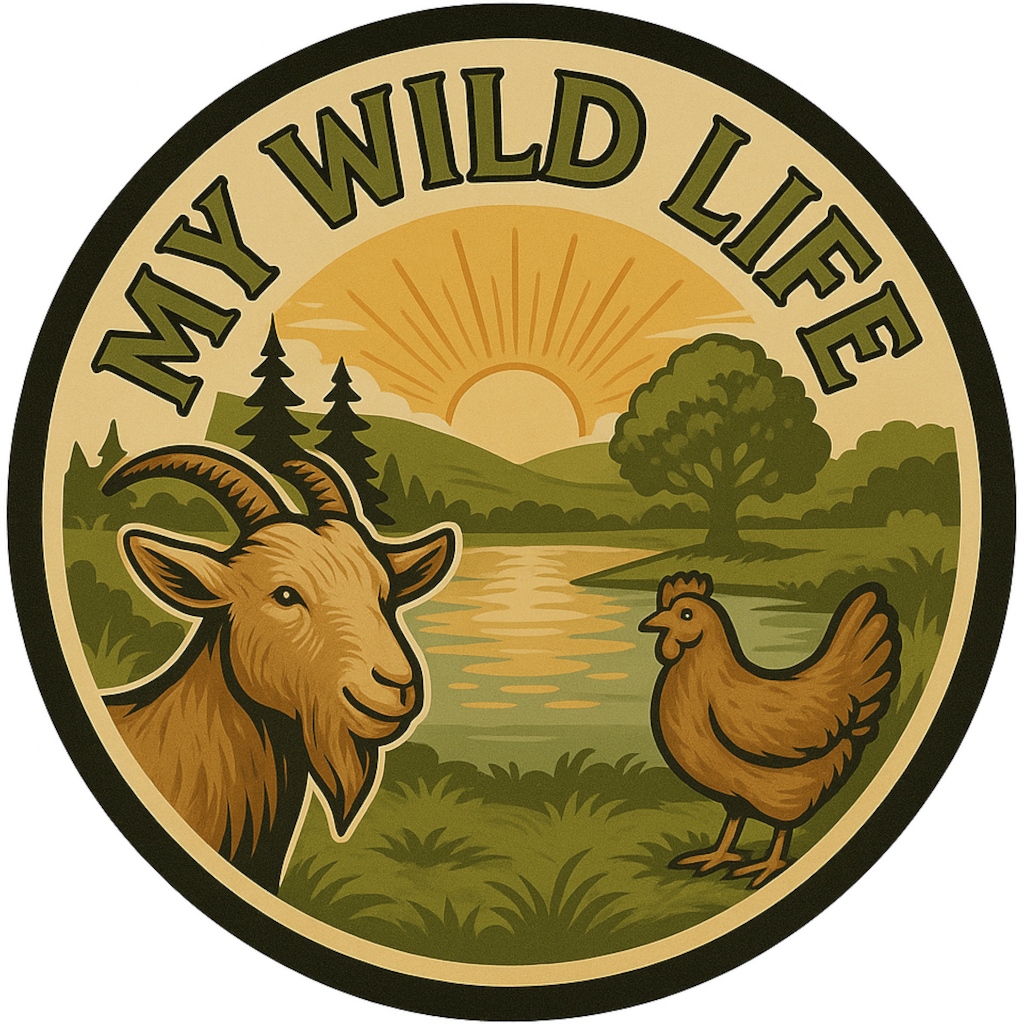Foraging for Spring Edibles:
Spring is the perfect time to start foraging for wild edibles. As the weather warms up and the snow melts away, nature begins to come back to life and the first signs of fresh greenery start to appear. If you're a novice forager, it's important to do your research and be well-prepared before heading out into the wild. Here are some tips to help you get started on your spring foraging journey:
Research the plants in your area Before you start foraging, it's important to know which plants are safe to eat and which ones to avoid. Do some research on the plants in your area and make a list of the ones that are safe to eat. There are many resources available online and in books that can help you identify edible plants. Some popular spring edibles include wild garlic, ramps, fiddleheads, dandelions, and nettles.
Know the regulations in your area Before you start foraging, make sure you know the regulations in your area. Some areas may have restrictions on foraging, or certain plants may be protected. Check with your local park or conservation authority for any rules and regulations.
Invest in some good gear Foraging can be a messy business, so it's important to invest in some good gear. A good pair of gardening gloves will protect your hands from thorns and prickly plants, while a basket or backpack will make it easier to carry your foraged goods.
Forage with a friend or group Foraging with a friend or group is not only more fun, but it can also be safer. You can help each other identify plants and avoid any potentially dangerous ones. Plus, you can share the bounty of your foraging trip!
Leave no trace When foraging, it's important to leave no trace. Only take what you need and be mindful of the plants and the environment. Don't pick endangered plants or take more than your fair share.
Wash and prepare your finds Before consuming any wild edibles, it's important to wash and prepare them properly. Some plants may need to be blanched or cooked before eating, while others can be eaten raw. Always err on the side of caution and do your research.
In conclusion, foraging for wild edibles can be a rewarding and sustainable way to connect with nature and enjoy fresh, seasonal food. However, it's important to do your research and be well-prepared before heading out into the wild. Follow these tips and enjoy the bounty of spring!
